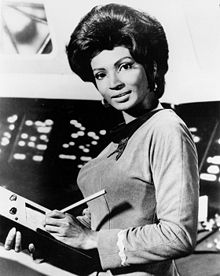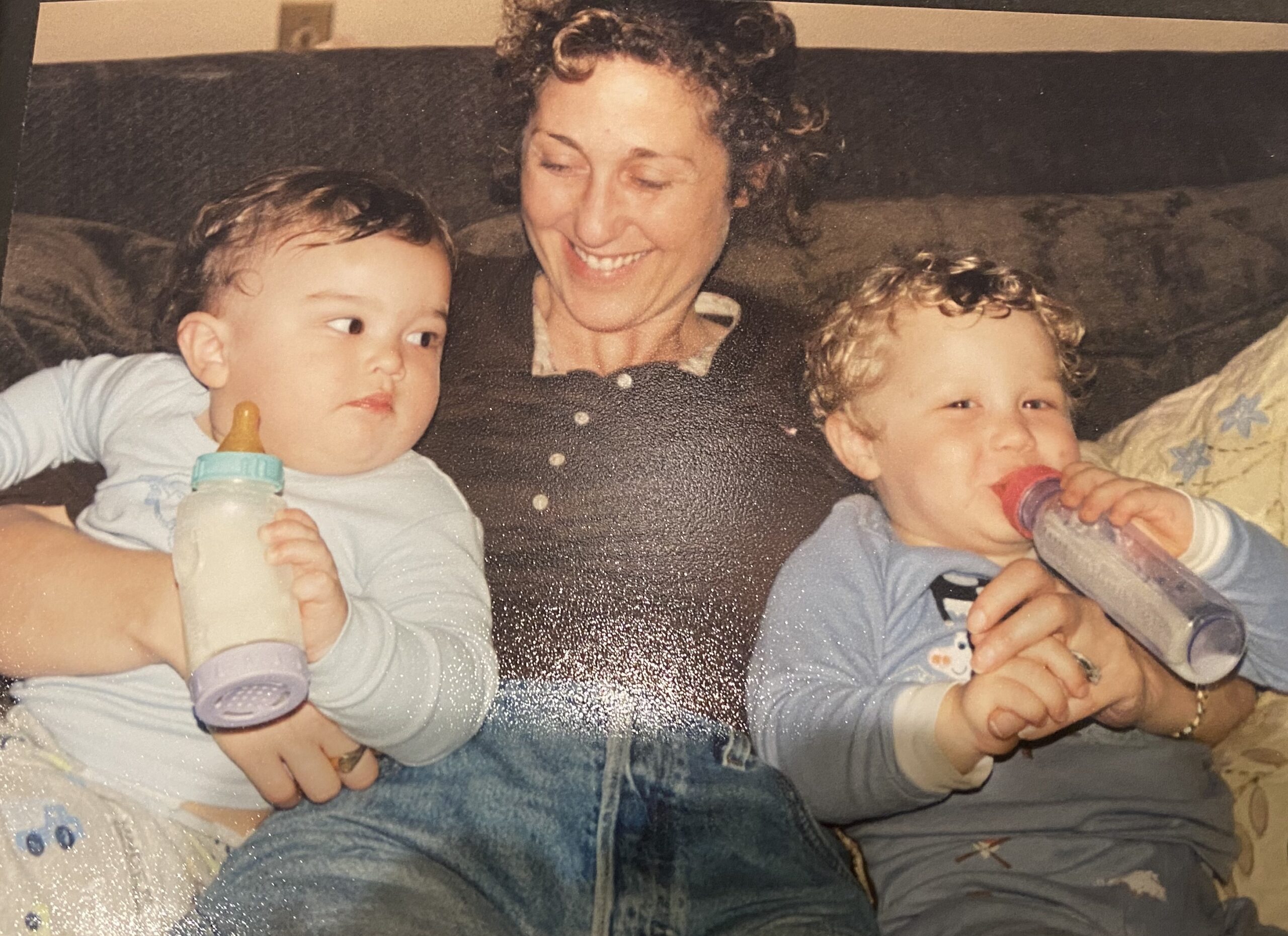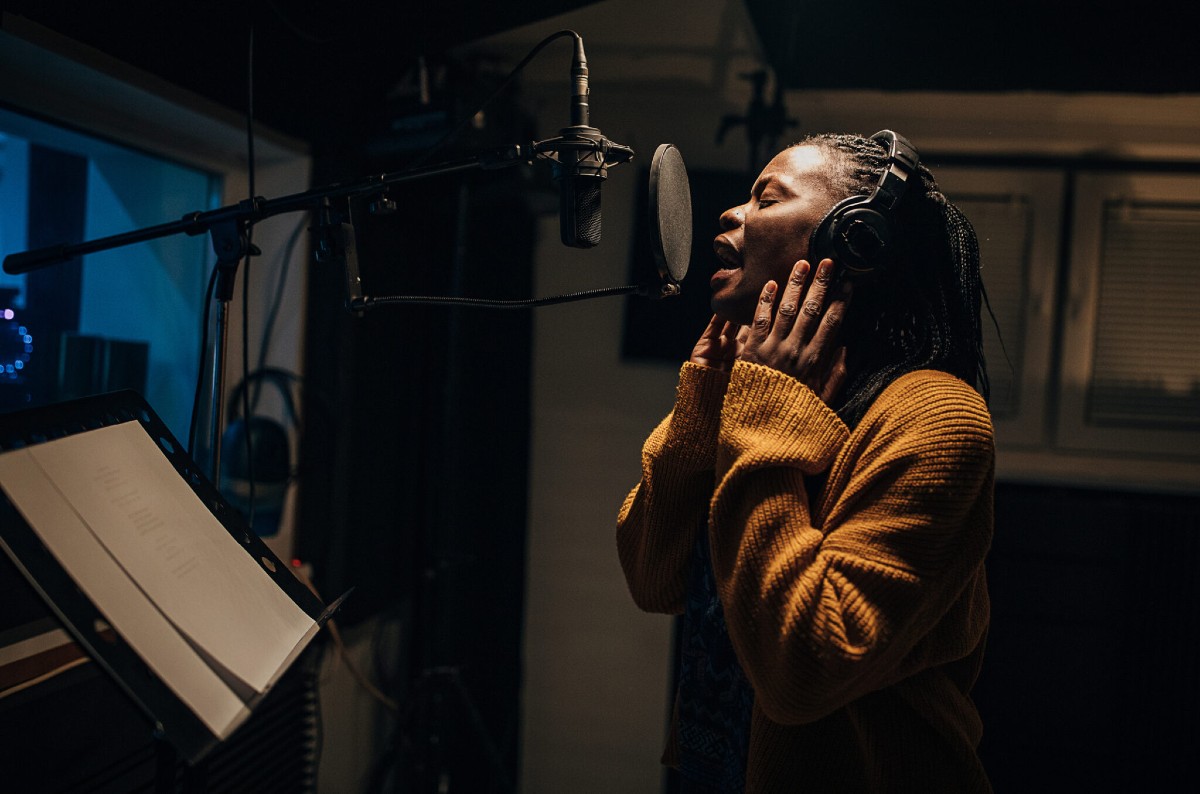The year is 1957. Black performers have just begun to break into the mainstream music scene, but the integration into popular culture is slow going and very selective. Singers like Billie Holiday and Eartha Kitt have already garnered much attention, but without the proper support–it is difficult for a young Black performer to break out of the small club gigs and into the bigger auditoriums. For the past few years, a young Ella Fitzgerald has been cultivating a name for herself as one of the greatest jazz singers to grace the stage. Her records are sold nationwide and she had already captured the hearts of thousands, if not millions. Though, despite her best efforts, Ella was unable to step up from that jazz club stage and into the mainstream venues. She has regularly turned away because she didn’t have “the look” that a Black singer was supposed to have.
Women putting women first

Enter Marilyn Monroe. In 1957, 31-year-old Monroe was one of Hollywood’s biggest stars and one of Fitzgerald’s biggest fans. Monroe felt that it was time to bring the starlet’s career to the next level. So she made a call to the Mocambo nightclub in Los Angeles, a club that was a hot spot for many Hollywood stars, as well as one that had previously turned Fitzgerald away. Monroe promised that if the Mocambo put Fitzgerald on the bill, she would be front row, along with some other famous friends, for every night of the singer’s contract. Ella Fitzgerald was officially the first Black singer to perform at the Mocambo nightclub. From there, the rest is history. The club sold out every night of Fitzgerald’s performance and she went on to perform for larger audiences as one of the most sought after jazz singers both in the US and overseas.
Though, Ella Fitzgerald’s story is not only one of white allyship in Hollywood. She herself was an outspoken civil rights activist, commenting on racial injustice in press interviews, which was rare at the time. She was given the National Association for the Advancement of Colored People’s (NAACP) Equal Justice Award and the American Black Achievement Award. She used her status as a star to further the careers of other black artists as well as break down her own barriers.
Where no woman has gone before…

Another lesser-known story of white allyship in Hollywood is that of Leonard Nimoy, or his Vulcan Counterpart–Mr. Spock. In 1966, actress Nichelle Nichols made history by becoming the first Black woman to play a leading role on television. Her character, Communication Officer Lieutenant Uhura, became a beacon for other Black actors hoping to break into the mainstream. In fact, when creator and screenwriter Gene Roddenberry made a statement that Nichols planned to leave the show, Martin Luther King, Jr. reached out to her expressing his overwhelming admiration for the role she was playing as a non-stereotypical Black woman on mainstream television. “You cannot abdicate your position,” he said.
Despite her notoriety and the glass ceiling she broke, it wasn’t until her co-star, Leonard Nimoy, spoke out that she could be treated as an equal on the show. Throughout his Star Trek career, Nimoy fought for both Black and female pay equity which, in the 1960s, was quite literally a novel concept. At the time Nichols was making significantly less than both Nimoy and George Takai. Using his sway as a star of the show, Nimoy took this to management and actually secured equal pay for the cast. Additionally, when Roddenberry went on to produce the Star Trek animated series, Nimoy refused to be a voice actor until both Nichols and Takai were cast.
Translating to 2021
These stories are both inspirational examples of white people in esteemed positions stepping up for their Black peers, but there are a few caveats to lay out. Both Marylin Monroe and Leonard Nimoy were notoriously beloved and celebrated stars. While they did take steps to advance Fitzgerald and Nichols’ careers, there was not a significant amount of risk involved. These two allies’ stardom provided job security and safety from the backlash that such sponsorship could have incited. This makes them both lighthouse examples of someone using real privilege and power for the benefit of the Black community and deepens the white savior complex that has plagued TV and film narratives as well as Hollywood itself. That being said, one should not have to put their job on the line to be considered an ally. Today, people in power have tremendous opportunities to step up as a sponsor for their underrepresented employees and coworkers.
Like Marylin Monroe did for Ella Fitzgerald, communicate what expertise you see in others. Highlight their strengths and make a case for them, particularly during performance reviews and promotion cycles. And like Nimoy did for Nichols, speak up at racial injustice. Have the difficult conversations about pay inequality and use whatever sway you have to correct those disparities. Anyone can act as a sponsor, recommend people for challenging assignments that would expand their skill set, talk your colleagues up to decision makers, communicate your coworkers career goals with their boss; the possibilities are endless. Don’t let equality stop at equal pay–we still have so much work to do.
For some guidance on how to be a better ally, check out our Guide: How to Take #ActionforEquality










